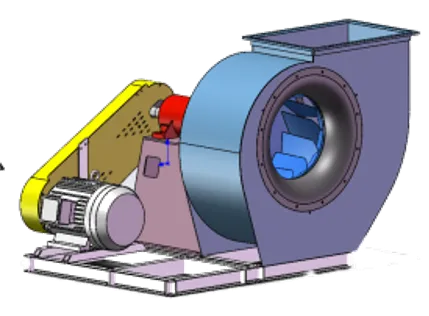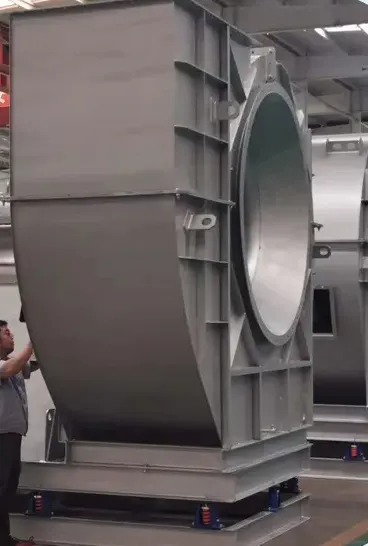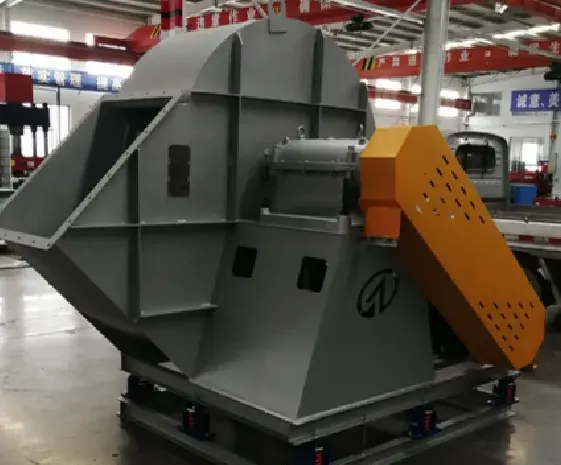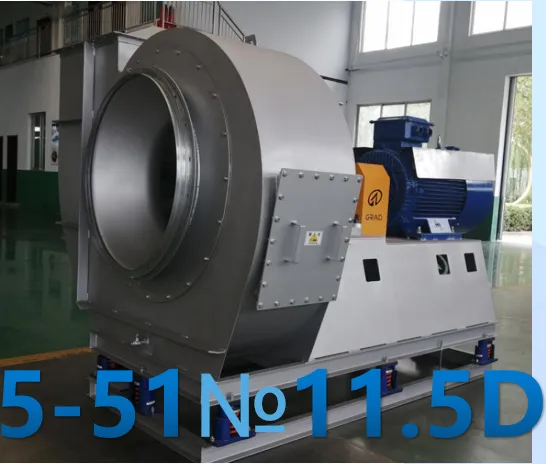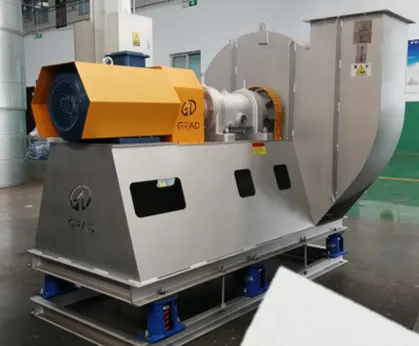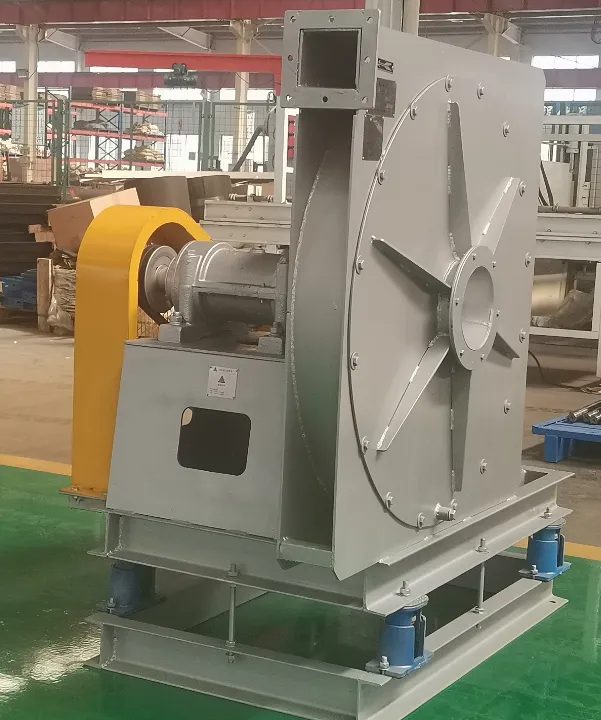Fire-Resistive Duct
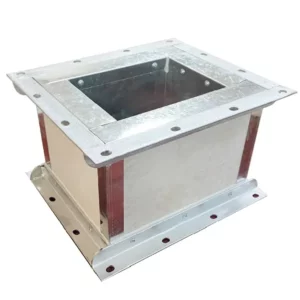
The Fire-Resistive Duct is essential in today’s architectural frameworks, particularly in commercial and industrial settings. Specifically designed to withstand high temperatures, this duct system is critical for fire protection and smoke management. Effectively directing smoke and hot gases away from occupied spaces significantly enhances safety and helps maintain the structural integrity of buildings during fire events.
Investing in Fire-Resistive Ducts is vital for ensuring fire safety and upholding the integrity of your structure. This duct system is suitable for various applications with its durable construction, exceptional fire resistance, and adaptable design. Following proper installation and maintenance guidelines ensures that the duct system operates effectively when needed. By selecting the Fire-Resistive Duct, you commit to safety and efficiency in your building projects, guaranteeing reliable management of smoke and heat.
Fire-Resistive Duct Parameter:
Get in Touch for Specific Dimensions
Key Characteristics of Fire-Resistive Duct:
1. Robust Flow Management
The Zinc-Coated Integrated Valve is engineered to optimize fluid flow, significantly reducing pressure loss while maximizing throughput. This feature enhances overall system efficiency, ensuring reliable and effective operation, whether in high-demand industrial environments or residential applications.
2. Durable Corrosion Protection
With a protective zinc coating, this valve provides exceptional resistance against rust and environmental degradation. This durability not only extends its lifespan but also minimizes maintenance costs, making it an excellent choice for both residential and industrial uses. Users can depend on this valve to perform reliably in even the harshest conditions.
3. Simplified Installation
The valve’s integrated design merges multiple functions into a single unit, streamlining installation and reducing the need for additional components. This approach simplifies the setup process and decreases the likelihood of failure, allowing for quicker installations and less downtime. Engineers and contractors will value the efficiency this design brings to their projects.
4. Versatile Application Range
The Zinc-Coated Integrated Valve can handle various applications thanks to its adaptability. From plumbing systems to HVAC installations and industrial processes, it can manage various fluid types and pressures, making it an ideal solution for engineers aiming to enhance fluid management across different environments.
5. Intuitive User Operation
The straightforward mechanism of the Zinc-Coated Integrated Valve allows for easy operation by users of all skill levels. There’s no need for specialized training or tools to promote safety and accessibility. Whether you are an experienced professional or a DIY enthusiast, this user-friendly design ensures that operating the valve is simple and confident.
Usage Method of Fire-Resistive Duct:
Preparation
1. Site Assessment
- Begin by carefully evaluating the installation area to identify any potential obstacles or structural issues. Ensure the space is clear of debris to promote a smooth installation process.
2. Compliance Check
- Familiarize yourself with local building codes and guidelines related to fire-resistive duct systems. Adhering to these regulations ensures that your installation meets all safety standards, providing confidence in its effectiveness.
Mounting
1. Secure Attachment
- Use suitable brackets or supports to firmly affix the duct to the building structure. Ensure proper alignment with the existing ventilation system to maintain optimal airflow.
2. Level Positioning
- Check the duct’s level during installation to prevent sagging or misalignment, which could negatively impact its performance.
Sealing
1. Joint and Connection Sealing
- Apply fire-resistant sealants at all joints and connections to prevent smoke and hot gases from escaping. This step is essential for maintaining the duct’s fire-resistive integrity.
2. Inspection
- After sealing, conduct a thorough inspection to ensure all connections are secure and free from visible leaks or weaknesses.
Operation of Fire-Resistive Ducts
The Fire-Resistive Duct is designed to effectively channel smoke and gases to designated exhaust points during a fire event. Its operational features include:
1. Smoke and Gas Management
- In the event of a fire, the duct system efficiently directs smoke and hot gases away from occupied areas, facilitating safer evacuation and reducing the risk of smoke inhalation.
2. Integration with Safety Systems
- The duct integrates seamlessly with the building’s fire alarm and suppression systems. Upon smoke detection, these systems activate automatically, ensuring the duct functions promptly and effectively.
3. Continuous Monitoring
- Advanced systems may include sensors that monitor airflow and temperature, providing real-time data to enhance safety and optimize system performance.
By adhering to these installation and operational guidelines, users can significantly enhance the effectiveness of Fire-Resistive Ducts, ensuring reliable performance during critical moments and contributing to overall building safety.
Fire-Resistive Duct Application:
The Fire-Resistive Duct is a vital element in fire protection systems across diverse industries. Its ability to endure high temperatures and inhibit smoke spread makes it essential in various applications. Here’s an in-depth look at its key applications and the benefits it provides across different sectors.
1. Healthcare Facilities
- Hospitals: In healthcare settings, effective smoke control is crucial, especially for patients who may have limited mobility. Fire-resistive ducts channel smoke away from critical areas, such as emergency rooms and patient wards, ensuring safety for both patients and staff.
- Nursing Homes: These facilities house vulnerable populations who require special considerations during emergencies. Fire-resistive ducts efficiently manage smoke, providing safe evacuation routes for residents.
2. Educational Institutions
- Schools and Universities: Fire-resistive ducts play a significant role in managing smoke in classrooms, hallways, and auditoriums. They are designed to minimize smoke travel, facilitating safe evacuations and enhancing emergency response efforts.
3. Commercial Environments

- Shopping Malls: The open designs of malls can allow smoke to spread quickly. Fire-resistive ducts help contain and direct smoke to ventilation systems, protecting shoppers and employees while maintaining visibility for safe exit routes.
- Office Complexes: In high-traffic office buildings, these ducts ensure smoke is safely directed to exits, reducing the risk of smoke inhalation and allowing for quicker evacuations.
4. Industrial Settings
- Warehouses: Large warehouses often store a variety of materials, including hazardous substances. Fire-resistive ducts are essential for containing smoke, protecting employees, and preserving valuable inventory.
- Manufacturing Plants: In environments with flammable materials, these ducts provide a controlled pathway for smoke and heat to escape, minimizing explosion risks and aiding emergency responders in crisis situations.
5. High-Rise Structures
- Residential Towers: The vertical layout of high-rise buildings poses unique challenges for smoke control. Fire-resistive ducts are critical in preventing smoke from migrating between floors, safeguarding residents and facilitating first responders’ efforts during emergencies.
6. Transportation Hubs
- Airports and Train Stations: In crowded transit areas, effective smoke management is paramount. Fire-resistive ducts help direct smoke away from passenger zones, ensuring safe exits for travelers and enabling emergency services to operate effectively.
7. Technology Facilities
- Data Centers: These facilities house essential infrastructure that must be protected from fire and smoke. Fire-resistive ducts maintain optimal airflow while preventing smoke from damaging sensitive equipment, thus safeguarding crucial operations.
By implementing fire-resistive ducts in these various settings, organizations can enhance safety, protect occupants, and ensure effective emergency response.
Fans Type:
General centrifugal fans can be divided into low pressure (P≤1000Pa), medium pressure (P=1000-5000Pa), and high pressure (P=5000-30000Pa) according to the pressure. Low-pressure fans are generally 4-72, 4-73, 4-68, 4-79, and other backward blade series. Medium pressure fans are generally 5-51, 6-30, 6-41, 6-51, and other series; High pressure is generally 9-19, 9-26, 9-12, and 8-09 series. The low-pressure fan blades are mostly backward inclined blades, generally about 45 degrees. The outlet Angle of medium pressure fan is larger than that of low pressure fan. It is generally about 50 degrees, and the blades of the high-pressure fan are generally tilted forward less than 90 degrees. The advantages of medium and low-pressure fans are large flow, low noise value, not easy to overload, relatively stable operation, and use in general ventilation. High-pressure fans are used to supply forced air.
From the direction of the drive side (motor), the counterclockwise rotation is left, and the clockwise rotation is right.
The Angle is generally divided into 0 degrees, 45 degrees, 90 degrees, 135 degrees, 180 degrees, 225 degrees, and 270 degrees.
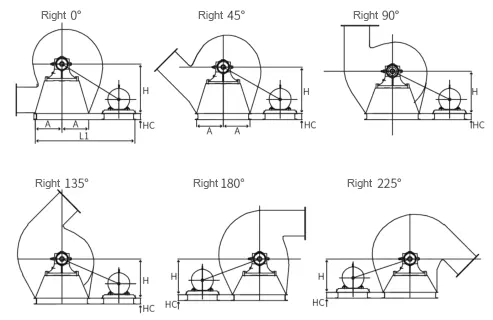
Type A Direct Transmission:
Type D Direct Transmission:
Type C Belt Transmission:
Type E Belt Transmission:
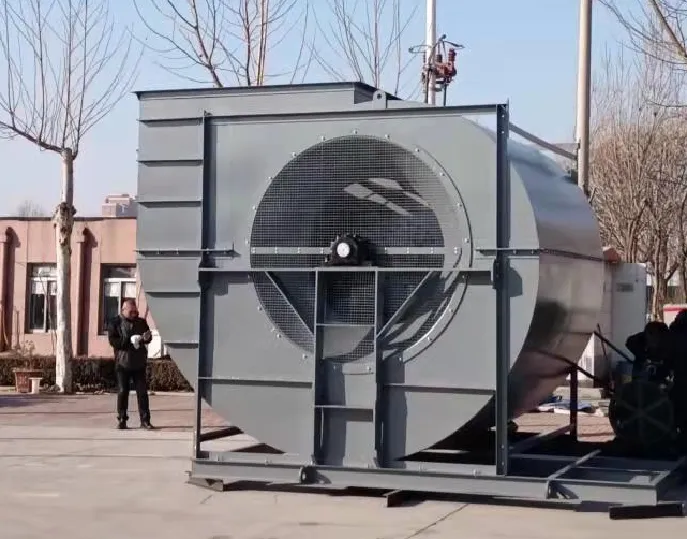
Type E Direct Transmission:
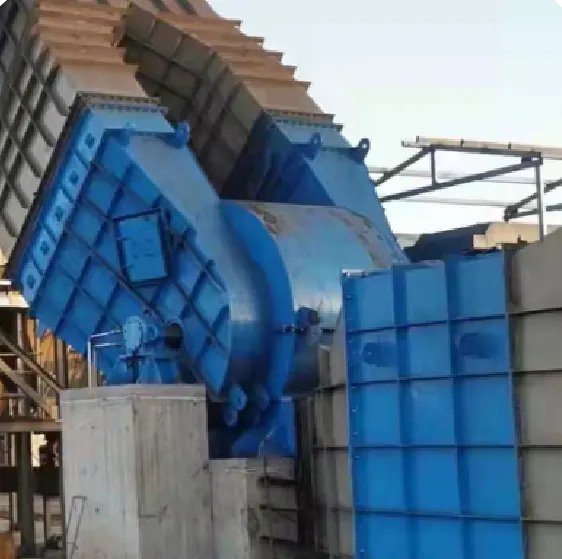
Low Pressure Fans:
Low-pressure fan series are 4-72 series, 4-73 series, and 4-79 series. Generally used for indoor ventilation in general factories and large buildings, it can be used as input gas, it can also be used as output gas, it can also be used as output gas, it can also be used for forced ventilation of boilers, forging furnaces, etc.
It is characterized by smooth operation, tight structure, low noise, flexible use, small footprint, high efficiency, and good performance in conveying air and other unnatural, harmless to the human body and non-corrosive gases.
Low-pressure fans are mostly used in garage air supply and exhaust systems, civil air defense ventilation systems, textile exhausts, grain warehouse dry exhausts, and other total air supply and exhaust systems.
Medium Pressure Fans:
The basic models of medium-pressure fans are 5-51 series, 6-51 series, 5-47/5-48 series, and 6-41 series. These models’ air volume and pressure are lower than those of the low-pressure series. Good aerodynamic performance, high efficiency, low noise, smooth operation.
G, Y6-51 type boiler feed fan is mainly used for 2~670t/h steam in thermal power plants.
The air supply system of the boiler also meets the requirements of the performance parameters of the high-pressure head of the fluidized bed furnace. change
Series fans can also be used for dust removal, mine ventilation, and general ventilation systems.
The blower transports air, and the induced draft fan transports gas containing impurity particles.
When the impurity concentration is less than 200mg/m³, it can be used for over 4 years. If the dust content is too large, the blade should be treated with wear-resistant treatment to extend its service life. G series fans are generally normal temperature; The maximum temperature of Y series induced draft fan shall not exceed 250℃. If more than 250℃. The impeller material should be changed.
High Pressure Fans:
Valve Factory: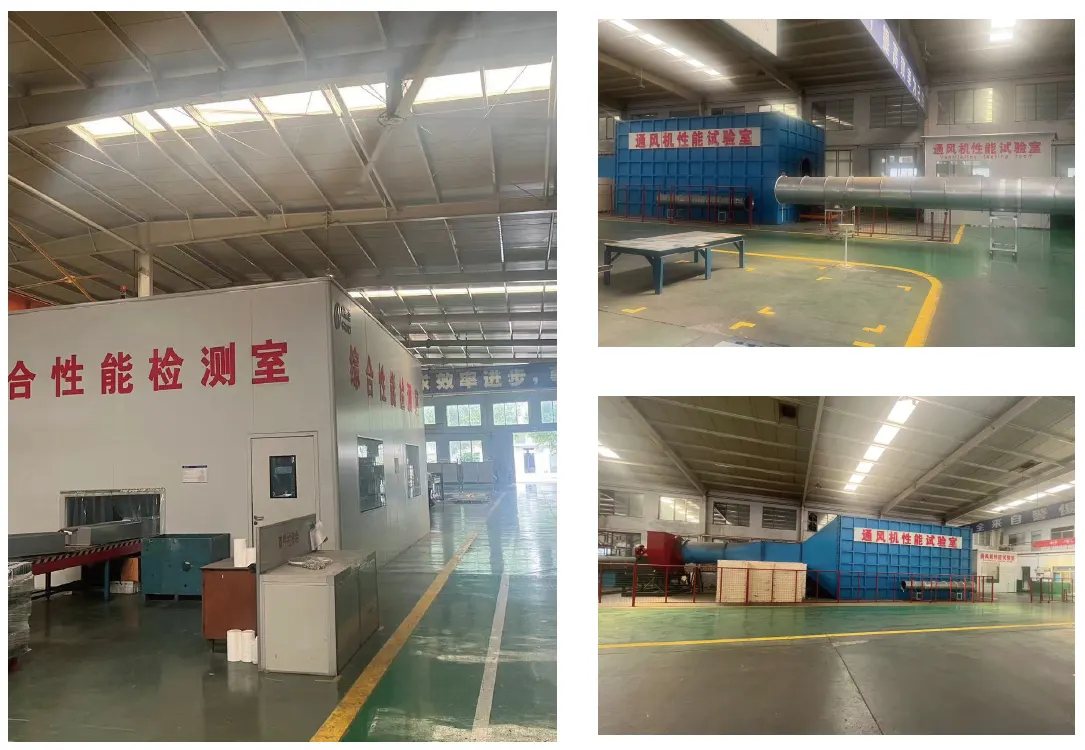
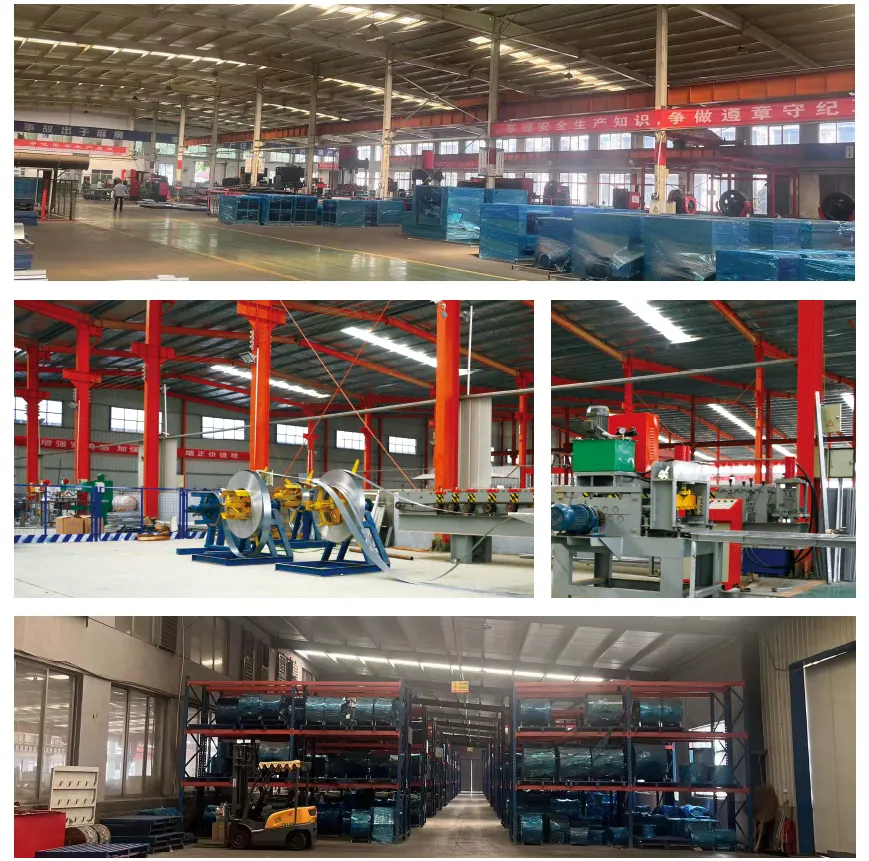
Our unwavering commitment to excellence encompasses a comprehensive 24/7 on-site service, ensuring you immediate access to top-tier maintenance support whenever needed. We understand that operational efficiency is critical, so our team is always ready to assist you, regardless of the time or day.
Proactive Maintenance Approach
Detailed User Profiles: We take the time to develop thorough user profiles tailored to your specific systems and needs. This personalized approach allows us to understand the intricacies of your operations and tailor our support accordingly.
Regular Site Visits: Our team conducts routine site visits to monitor system performance and identify potential issues before they escalate. This proactive strategy ensures that we address any operational challenges swiftly, minimizing downtime and disruption to your workflow.
Comprehensive Support
Expert Technicians: Our highly trained technicians bring expertise and experience to every interaction, providing you with knowledgeable insights and effective solutions. You can trust that your systems are in capable hands.
Tailored Solutions: We prioritize your unique requirements, offering customized solutions that enhance your system’s performance and reliability. Our goal is to ensure that your operations run seamlessly.
With our dedicated support, you can enjoy peace of mind knowing that your success is our top priority. We are committed to fostering a collaborative partnership, where your needs drive our services. Our responsive support team is always just a call away, ready to assist with any challenges you may encounter.
Experience the difference that our comprehensive, proactive maintenance and exceptional support can make in your operations. Together, we will ensure your systems operate at their best, empowering your success every step of the way!








